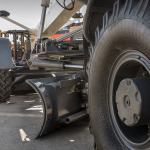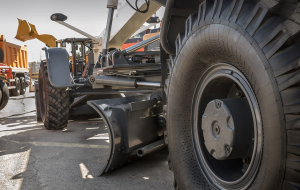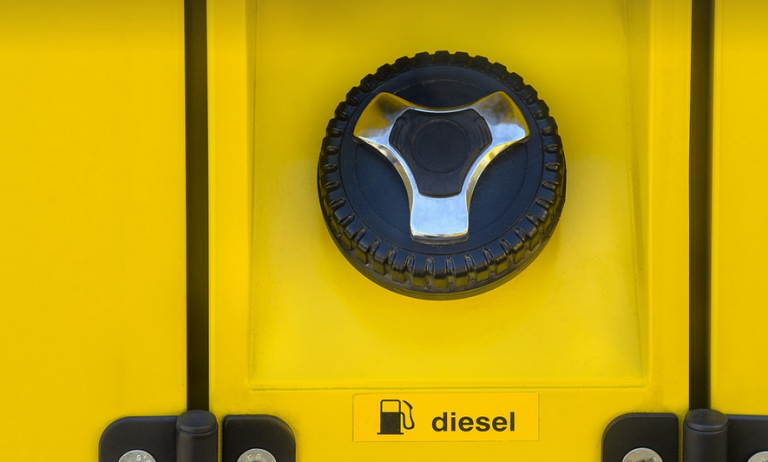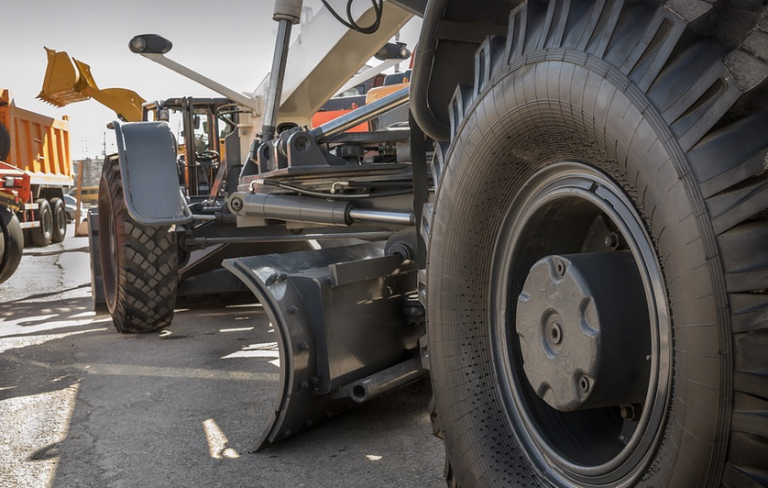A Winter’s Chill? Don’t Let Your Cows Freeze Out
As the air turns crisp and winter descends upon us, our cattle need special care, even when it comes to their water supply. Frozen water is a common problem for livestock farmers during harsh winters, leading to discomfort and potentially even death. But fear not! With some foresight and a few simple strategies, you can ensure your cattle have access to a steady flow of ice-free water throughout the cold season.
The importance of proper water management cannot be overstated when it comes to livestock health. Water is essential for life, playing a critical role in hydration, digestion, and even regulating body temperature. When temperatures plummet, cows are more susceptible to hypothermia if their supply of unfrozen water is inadequate.
Understanding the basics of animal behaviour in cold climates can help us address this challenge effectively. Cows rely on water for optimal function, especially during winter when they experience reduced activity levels due to the colder weather and shorter days. They often seek out warmer areas of their barns, leading to increased water consumption.
This heightened desire for water can lead to a rapid depletion of existing supplies if water tanks are not adequately maintained. A sudden shortage of available water can prompt cows to become less active, potentially resulting in reduced milk yield and even death from hypothermia or dehydration.
The most common method for preventing frozen water is through the use of insulated water tanks. These tanks come in various sizes and shapes depending on your herd size and barn layout. They are usually made of sturdy materials like plastic or stainless steel to withstand harsh winter conditions, ensuring durability and longevity.
Insulated water tanks are designed with an added layer of insulation around the tank itself, keeping the water inside at a consistent temperature, preventing freezing even in the coldest months. These tanks feature special features such as double-walled construction and foam insulation that prevent heat loss, protecting the water from sudden freezes.
However, ensuring proper insulation goes beyond just the water tanks themselves. The placement of these tanks is also crucial. Ideal locations for these tanks are generally areas within the barn where there’s natural warmth, such as near a heating source or in sheltered areas that prevent direct exposure to wind and cold.
Another important aspect of managing frozen water is regular inspection and maintenance. As winter approaches, it’s essential to check your water tanks regularly for any signs of damage or leaks. These inspections will allow you to identify potential issues early on, preventing major problems that could lead to breakdowns in the water supply.
The process of inspecting a tank should involve visually examining the tank walls and bottom for cracks or holes. Checking the lid for proper sealing is also important, as leaks can occur around the edges or seams. Regular cleaning and sanitizing are equally crucial to maintain hygiene and prevent bacterial growth in the system.
Don’t forget about heating the water! If your tank is located in a particularly frigid area, you might need to consider heated waterers. These systems use electricity or propane to keep the water at a safe temperature year-round, ensuring a consistent supply without freezing even on the coldest winter days.
When it comes to maintaining insulated water tanks, there are several essential things that can keep your cows happy and healthy throughout the winter months. Regular inspections for leaks or damage can prevent larger problems from developing. Keeping a close eye on water levels and adding fresh water as needed ensures they have access to a consistent supply. These simple yet effective measures will ensure your cattle stay hydrated, healthy, and comfortable during the colder months.
Investing in insulated water tanks is an investment in your herd’s well-being, ensuring their comfort and resilience against winter’s chills. With careful planning and attention to detail, you can enjoy a seamless transition from summer into the winter season, knowing your cattle have access to a reliable water supply throughout the year.
Remember, staying ahead of potential problems with regular inspections and maintenance is key for maintaining a consistent water supply for your herd. With a few simple steps and a little diligence, you can keep your cows cool and hydrated all winter long



















